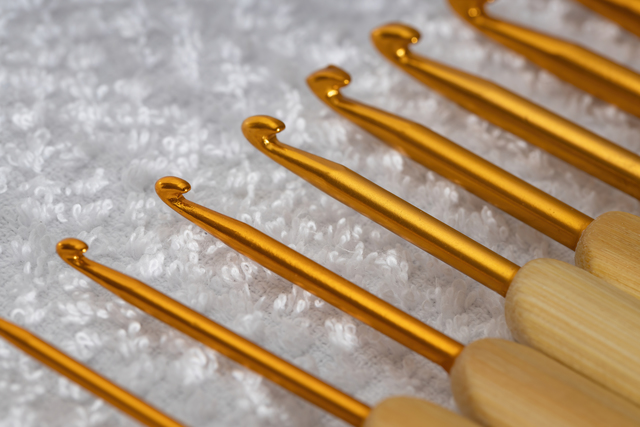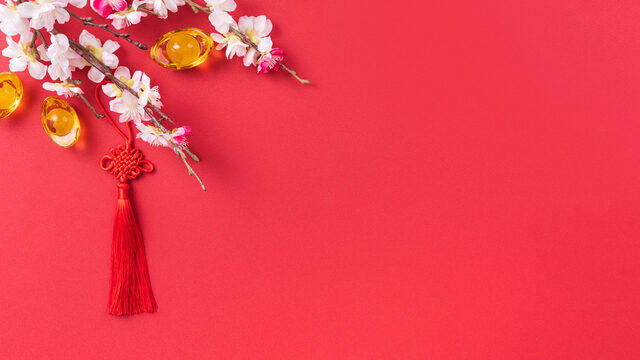The history of crochet and its evolution as a craft
I have always wondered how crochet developed over the centuries. It turns out that the origins of this craft can be traced back to early Egypt. Crocheting has come a long way since its humble beginnings in the early 1800s. What started as a simple way to create fabric and clothing has evolved into a complex and beautiful craft enjoyed by millions of people worldwide.
In this blog post, let’s look at the history of crochet and how it has evolved over the years. I’ll also explore some different ways people use crochet today, from creating stunning pieces of art to functional items like blankets and hats. So whether you’re a seasoned crocheter or just curious about this fascinating craft, read on to learn more!
Where are crochet origins?
There are several theories, but I’ll go with this kind first. I’ll update this blog again from time to time once I get more information.
Crochet has its origins in early Egypt, where it was used to create nets and other textiles. Crochet may have a long history, but it became more popular and widespread in the 16th century.
By the 16th century, crochet had become a popular craft in Europe. At this time, it was mainly used to create lacework and other decorative items. As the fashion of the day dictated tight-fitting clothing, lacy accessories like collars were very much in vogue. This meant that crochet was an essential skill for many women of the day.
While the tools and techniques used in crochet have become more advanced over the years, 16th-century women still utilized basic knots and handmade tools such as just a needle made from bone or wood. Women were also often commissioned to create knitted pieces for churches or higher classes, leading to an influx of exquisite creations that were viewed as works of art. It is incredible to think how little has changed regarding the fundamentals of this beloved craft.
How crochet evolve from the 16th century to the 18th century
Crochet has come a long way since it first appeared in Europe during the 16th century. Early crochet techniques, used as a form of decorative needlework, were initially performed using a hooked needle and thread.
In the early 1800s, people used crocheting techniques to create functional items like clothing and bedding. Over time, however, this craft has become increasingly popular for decorative purposes. As the craft progressed into the 18th century, more intricate pieces began to emerge thanks to varying combinations of yarns and materials being used.
It quickly grew in popularity among textile artisans due to its efficient way of creating intricate and exquisite products such as delicate laces, coverings for furniture and clothing, and even art pieces. Such items were highly sought after for their beauty and superior quality. Aristocrats also widely used this technique for their elaborate gowns or decorative objects for their homes.
This diversification allowed crafters to create a much larger variety of items, such as ornamental clothing, furniture coverings, and many other objects. Crochet enthusiasts have long credited this period for laying down the foundations for modern-day crochet techniques, jokingly referring it as ‘the golden age of crochet.’
Machination in the 19th century
The 19th century saw the rise of machine-made crochet products, leading to a decrease in the popularity and public perception of crochet. The advent of mass-produced items meant that crocheted items were no longer seen as valuable or desirable items.
However, at the same time, this period saw crochet enthusiasts become much more creative and expand the range of items they could create. People began to use a wider variety of materials, including kinds of cotton, silks, and wool. This allowed crafters to make pieces that were both functional and aesthetically pleasing.
Crochet underwent a significant transformation as it switched from being used for practical purposes to becoming a popular form of art. This was due to the introduction of steel crochet hooks and new types of thread that allowed crocheters to work more quickly and create more intricate designs.
By the end of the 19th century, crochet had become a trendy hobby and craft. Women would gather in parlors to work on their projects and show off their skills to one another, creating a sense of community while they worked. This era also saw the rise of the ‘cottage industry’, as women began to turn their crochet skills into a profitable business.
By the 20th century, crochet had become an important part of fashion and home decor.
Today, crochet is still widely used as a creative form of expression and a functional tool in our everyday lives. From handmade items like blankets and hats to art installations, crocheting allows us to explore our creative side and make something truly unique.
Once believed as outdated and reserved only for grandmothers, crochet is now seen as a cool, versatile skill that can be used to create anything from sweaters to stuffed animals.
For those looking for a creative outlet or a way to relax, crochet provides the perfect combination of entertainment and purpose. With endless color varieties, stitch techniques, and fibers available, the possibilities of creating something unique are endless – it truly is an art form!
From then to now, crochet has been a timeless craft known for its utility, comfort, and beauty.
It has evolved from its primitive origins as a practical skill to become an art form expressed in many different ways. Its versatility and adaptability have kept it relevant throughout the centuries, making it a favorite of both crafters and fashionistas.
Crochet offers a range of opportunities for creative expression with all sorts of projects: from shawls to sweaters, toys to décor pieces – there’s something for everyone! Let’s embrace our history and continue making fantastic items with crochet.
I am glad I am one of those having the privilege to experience this skill.
What kind of item are you going to crochet next? Comment below and let me know what you have in store!






